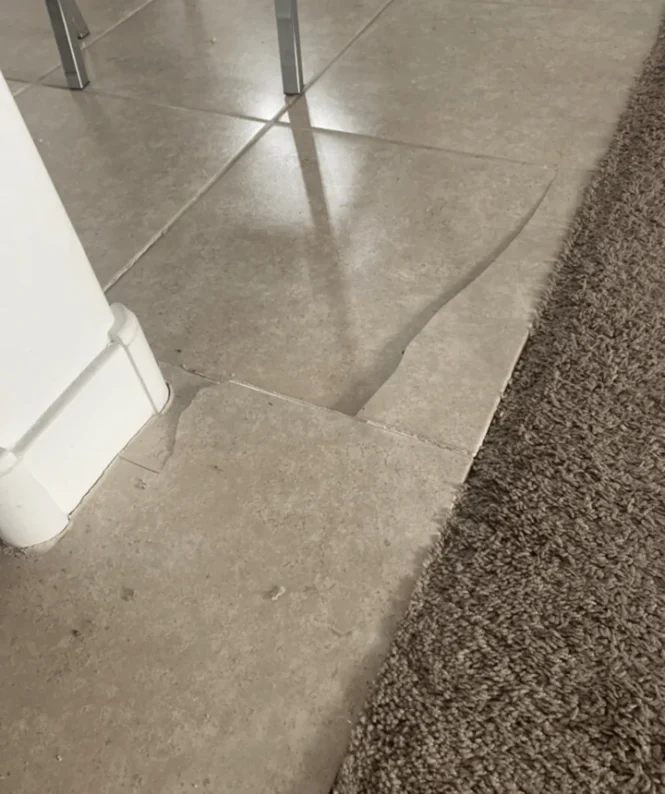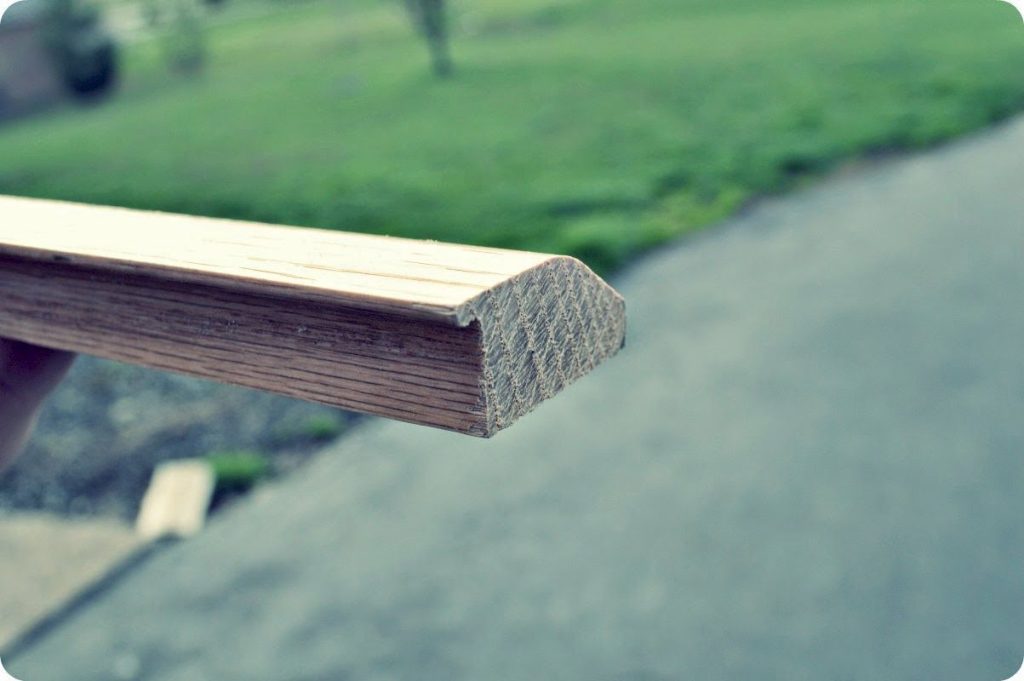

Repairing broken floor transitions is a common need for homeowners looking to maintain a safe and attractive home. Imagine entering your home, only to be met with a tripping hazard at the top of the stairs or a gap in your doorway. This simple but critical element of a house plays a crucial role in overall design and safety. This comprehensive guide will dive into the various methods of fixing broken floor transitions, highlighting the key steps involved in diagnosing the issue, and choosing the correct materials and techniques. We’ll also discuss potential costs and identify the best course of action to ensure a flawless result. This article will walk you through each step from initial assessment to final touches. First, we’ll define the issue and explore the potential causes. Then we’ll break down specific repair methods to tackle the problem efficiently, using easy-to-follow instructions.
Understanding Broken Floor Transitions
Identifying the Causes
Broken floor transitions often stem from several underlying issues. Poor installation practices are a significant contributor. Inadequate support structures during installation can result in uneven surfaces over time, leading to cracked or broken transitions. Another major culprit is the use of unsuitable materials for the specific environment. Some materials are more prone to cracking, warping, or breaking under stress due to heavy foot traffic or changes in temperature or moisture. Additionally, age, wear and tear, and impact damage can cause floor transitions to break over time. These factors all have an impact and, importantly, often point to the right solutions to fix them.
Diagnosing the Problem
Inspecting the Damage
Careful inspection is crucial to determine the extent of the damage. Look for cracks, gaps, or breaks in the floor transition. Note the material type and its condition. Assess the surroundings for potential wear and tear. Understanding the source of the damage is essential to determine the most appropriate and effective repair method.
Considering the Material
Different materials require distinct repair methods. Wood, stone, concrete, and metal each present unique challenges. A proper assessment of the material can help determine the suitable repair materials and tools to use. For instance, if the transition is made of ceramic tile, specialized tile repair tools or patching materials may be needed.
Repairing Wood Transitions
Repairing Wood with Wood Filler
For minor cracks or gaps in wood transitions, wood filler can be an effective solution. The filler is applied to the affected area and allowed to dry. Once dry, the filler is smoothed to match the surrounding area. This method is suitable for small and superficial damage and may require sanding and staining to ensure a seamless aesthetic.
Replacing Damaged Wood
More significant damage to wooden transitions may necessitate complete replacement. In this case, measure and cut new pieces of wood, fitting them snugly into the existing gap, and ensuring a proper bond with the existing floor structure. Ensure proper fastening to prevent future problems.
Repairing Concrete Transitions
Epoxy Resin Repair
Epoxy resin is an excellent choice for repairing concrete floor transitions. Apply a thin layer of epoxy to the broken area. A skilled professional would likely mix the epoxy according to the manufacturer’s instructions, creating a suitable consistency. This step allows the epoxy to penetrate the crack and provide a strong, durable, and aesthetically pleasing repair. The resin is then smoothed to meet the surrounding surface for seamlessness.
Grouting and Patching
Another option for concrete is grouting or patching. In cases of small cracks or damage, carefully fill the gap with grout. Once cured, smooth and polish the area to blend in the repair.
Choosing the Right Materials
Selecting Durable Materials
When selecting repair materials, consider factors like durability, weather resistance, and compatibility with existing materials. For high-traffic areas, consider materials that can withstand a lot of wear and tear. If the area is prone to moisture, choose moisture-resistant materials to prevent further damage.
Importance of Professional Consultation
For complex repairs or situations involving unusual materials, consider consulting a flooring professional. They can assess the damage, provide suitable recommendations, and ensure proper installation for long-term quality. They have extensive experience in this type of repair and can help avoid problems down the road.
Q: How can I prevent future issues with my floor transitions?
A: Regular maintenance is crucial for preventing floor transition problems. Inspecting transitions periodically for cracks or signs of wear can help identify issues early and prevent them from escalating. Keeping the area clean and free of debris can also aid in maintaining the longevity of the transition.
Q: Can I repair a broken floor transition myself?
A: While some small repairs are manageable for DIY enthusiasts, tackling more extensive damage or repairs involving specific materials might benefit from professional assistance. Proper assessments are needed and expertise can help avoid additional issues that may arise when fixing these areas yourself.
Q: How long does a floor transition repair usually take?
A: The timeframe for repairing a floor transition depends on the severity of the damage and the repair method chosen. Simple repairs might take a few hours, while more extensive ones or those involving specialized materials could take a few days. If professional assistance is needed, the consultation and repair process might take longer.
Q: Are there resources available to learn more about repairing broken floor transitions?
A: Yes, there are various online resources such as articles, tutorials, and video demonstrations that provide detailed information on fixing broken floor transitions. Many reputable flooring companies also offer advice and tips through their websites and social media platforms. A good place to begin your research is from sites known for providing reliable information.
Frequently Asked Questions
Q: What is the average cost to repair a broken floor transition?
A: The cost of repairing a broken floor transition varies significantly depending on the extent of the damage, the materials used, and whether a professional is hired. Small repairs can cost anywhere between $50 to $200, while larger repairs or those requiring specialized materials might exceed $500 or more. Professional repairs may add an additional cost, particularly if the work is complex or involves specialized materials.
In conclusion, repairing broken floor transitions is a crucial aspect of maintaining a safe and aesthetically pleasing home environment. By understanding the various causes, diagnosing the issue, and employing the correct repair techniques, homeowners can effectively tackle this common problem. Choosing the right materials and adhering to best practices guarantees a long-lasting and professional-looking result. For more in-depth assistance, consult a qualified flooring professional or refer to the resources provided. Don’t hesitate to reach out for personalized advice if you encounter complex issues or need assistance.